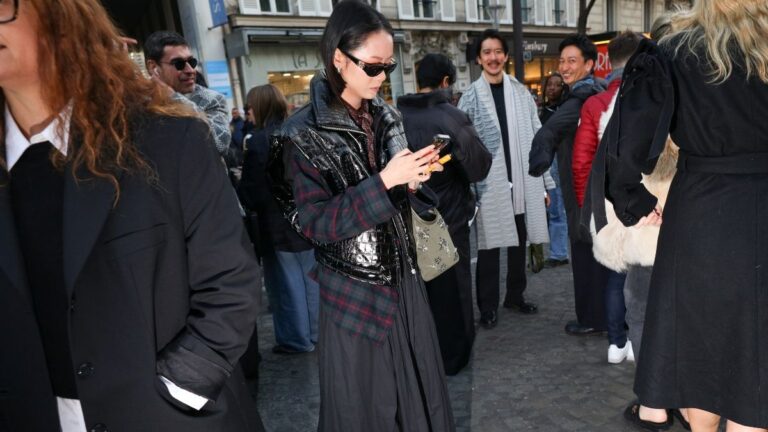Now, The Love List is making advertisers big bucks — it’s generated Net-a-Porter about $135,000 to date. The RealReal didn’t officially partner with any Substack creators until the end of 2024. Once it did, it saw strong click-through (over 6 per cent) and twofold ROAS (return on assets), says The RealReal chief creative officer Kristen Naiman. Smaller newsletters like Galvez’s Letters We Send Friends are generating brand interest too; she’s had brands reach out for features.
Though brand interest is growing, investment remains low relative to other marketing channels. “Substack remains an underused but high-ROI channel for affiliate marketing, offering lower costs and better engagement than more established platforms like Instagram or YouTube,” Subalytics’s Pletz says. “However, it’s still early, and adoption is primarily coming from mid-sized brands testing new marketing strategies.”
Some brands, though (like Tory Burch, The Only Jane and The RealReal) are getting in early launching their own Substacks. After seeing how many Substack creators were organically writing about their finds and sharing The RealReal shopping tips, The RealReal decided to join in. It’s proved successful, Naiman says. “So far, people are really reading what we’ve published,” she says. “We have proof: in a recent issue, for example, 12 per cent of readers clicked on the last link in the article. A 12 per cent click-through rate would be good on its own, but that’s just on one link 900 words deep.”
Shifting markers of success
Even with more brand investment to come, albeit slowly, creators with major Substack presences are running out of ways to make money. Sure, they can add in more affiliate links and continue to grow their subscriber bases. But without the necessary adjustments to Substack’s backend infrastructure, growth opportunities are limited.
This is compounded by the sheer amount of newsletters on the platform. If creators can’t differentiate their platforms via personalisation tools, it’s even harder to stand out amid a sea of voices. In an overcrowded newsletter landscape, if users feel they’re unable to maximise their offerings on the platform, will they go elsewhere?
Graves is exploring Beehiiv (Substack’s main competitor) and a few others as alternatives. But Beehiiv lacks Substack’s “bells and whistles”. Creators have come to rely on the latter’s recommendation network, and use social integrations like Notes to promote their work. What Beehiiv and Substack’s other key competitor Ghost each offer is strong customisation, Pletz flags. Should a competitor integrate such capabilities, creator interest would most certainly be piqued. Plus, with the uptick in no-code tools, creators could launch their own branded platforms entirely.
Others are shifting their thinking around what is a marker of success on Substack. For Veurink, in 2025, it’s all about the chat. “All I can think about is the chat function and how you basically own a dialled-in focus group and how fucking valuable that is,” she says. “There’s a quality of subscriber and that’s what I’m really curious about.” It’s harder to quantify, but in Veurink’s view, this is the next iteration of Substack: “We’re not looking at people who have the most subscribers. It’s about subscribers who are feral for these writers.”
“While fashion on Substack is competitive, the platform still offers significant opportunities,” Pletz acknowledges. “The real question is whether its evolving content strategy will continue to serve the needs of fashion and beauty writers or push them towards other platforms.”
Comments, questions or feedback? Email us at feedback@voguebusiness.com.
Clarification: Clarifies that Substack hit 5 million paid subscriptions in March.
More from this author:
How cult favourite Charlotte Simone stepped off fashion’s hamster wheel
Are fan frenzies outside of fashion shows good business or a nuisance?
Can athletes help athleisure brands win over the boys?


